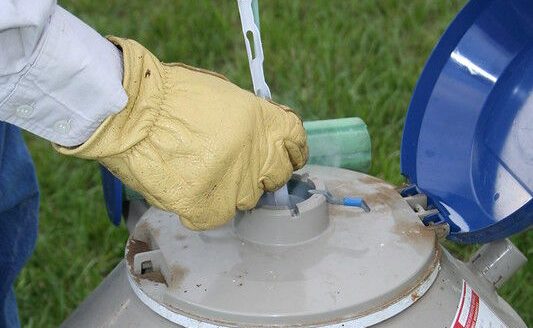K-State experts offer advice on beef cattle breeding
Success in cattle breeding starts with cycling females in good body condition
Creating a great cake starts with quality ingredients mixed together by a talented baker.
The same can be said of cattle breeding, only in this case the ingredients include cycling females, quality bull semen and a knowledgeable producer who can plan for a timed breeding through artificial insemination or natural exposure.
In a recent podcast from Kansas State University’s Beef Cattle Institute, experts shared tips for successful cattle breeding. Beef cattle extension specialist Bob Weaber and veterinarian Bob Larson offered the following advice to producers struggling to get their females to settle in pregnancy with artificial insemination.
“First you have to make sure that your females are ready to be bred,” Larson said. “With heifers, we often do a pre-breeding exam to make sure they have reached puberty, while with cows you need to make sure they’ve had two to three months to recover from calving.”
For Larson, the second step is to confirm the females are in good body condition. Cows that are thin are less likely to resume fertile cycles.
Weaber also stressed the importance of working with a well-trained AI technician.
“Breeding heifers through AI can be more challenging than cows just because with heifers the cervix is smaller and there are differences in tract size anatomy, which is why you need to have an experienced technician to increase the likelihood of success,” Weaber said.
Timing of insemination in breeding is critical and therefore accurate heat detection is an important skill for producers to develop. Summertime is often when heifers and cows are bred for late March/April spring calving, and that can also present challenges in detecting estrus (receptivity to breeding).
“In the summertime, cows and heifers are not going to exhibit estrus in the middle of the day because it is too hot, so you need to observe them twice a day at sunup and sundown,” Weaber said.
For producers who aren’t able to watch heifers and cows closely, there are products that can help with heat detection. Weaber cited detection patches and paint markers as examples of other tools that will show if the cattle are active around the time of breeding.
After following the protocols, if the females still aren’t becoming pregnant then it is time to check the semen quality in the tank to be sure that it has been handled correctly.
“Check to make sure you aren’t using a bad batch of semen; mistakes in the thawing process are the difference between getting the cows bred and not bred,” Weaber said. “I can guarantee that dead semen will not breed cows.”
More information on this topic is available on a weekly podcast produced by the Beef Cattle Institute.


